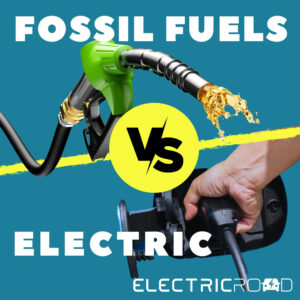Nicholas Ellan shares his experience of public charging with his Renault Zoe R135 GT 52kWh 2021.
What do you think of the UK public charging network in general?
To me it feels unplanned and random. I would like to see a number of profiles for charging installations. For example, on major routes – 100% rapid chargers, at shopping centres maybe 20% rapid chargers (50kW+) and 80% slow chargers (7KW) to meet the needs of shoppers who just want a top-up. So they shop without having to return to the charger because they have reached a state of charge of 80%+.
I would also like to see good coverage in all areas and some thought put into how to manage vehicles that are towing and do not want to unhitch (e.g. car with horse trailer) and larger vehicles. We also require more support for disabled people (not just wheelchair users) and people who may struggle with the heavy duty cables necessary at rapid and ultra rapid chargers.
What and where are your favourite UK public chargers?
- Osprey in Princess Street Congleton (my local chargers)
- InstaVolt at Booths, Penrith.
What’s been your best experience with a UK public charger?
Fastned at Washington, Newcastle Upon Tyne. The chargers were ultra rapid (although my vehicle cannot take advantage of that speed) and there were plenty of stalls (6+).
What’s been your worst experience with a UK public charger?
Osprey at Princess Street, Congleton. Although this is my local and most used public charger, I recently found both chargers out of service. When reported, Osprey confirmed that there was a communication error and raised a ticket for an engineer to visit but surely they could have proactively monitored the site? A report from a user should not be necessary. Additionally, the chargers remained out of service 4 days after the report. With both chargers out of service, a 24-hour turnaround is the minimum acceptable response in my opinion.
What’s got to change about public charging in the UK to get more people driving electric cars?
More chargers to avoid queues, greater reliability and faster response times when faults arise. Better accessibility, more thought into the placement of chargers to make them easy to find and easy to manoeuvre into the space, well lit and ‘safe’ to use at night. Shelter from the elements too and wherever possible to have additional facilities such as refreshments and toilets.
See other public charging reports here










